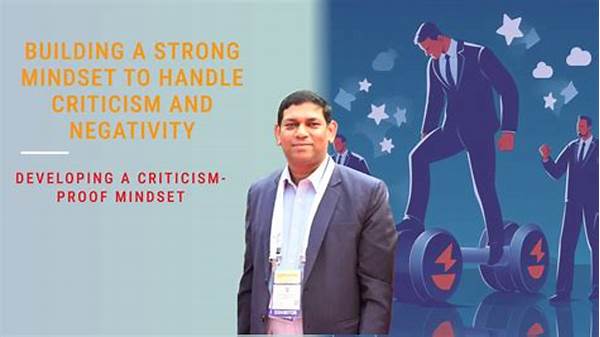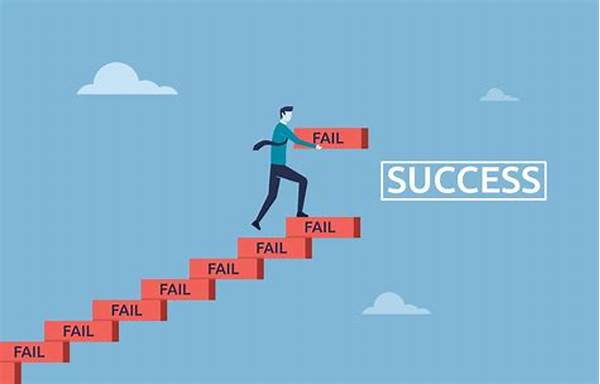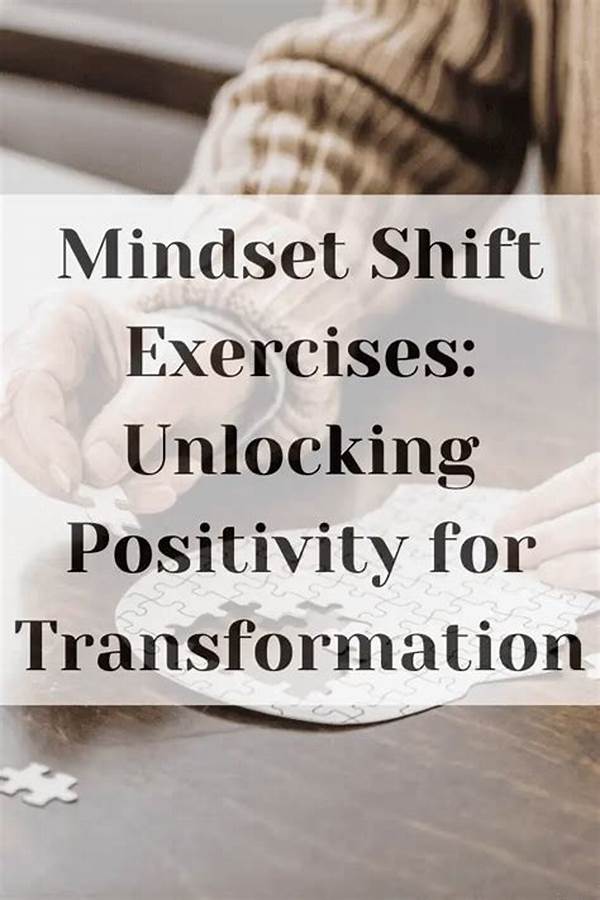- Embracing Rejection: A Story of Resilience
- The Mindset Shift Towards Positive Transformation
- H2: Strategies for Developing a Resilient Mindset
- Discussion: Navigating Rejection and Criticism
- H2: The Power of Emotional Intelligence
- H3: Embracing the Growth Mindset
- Goals for Harnessing Mindset Tools
- Empowering Mindsets to Handle Criticism and Rejection
- H2: Building Your Mindset Toolkit
- H3: Reframing the Narrative
- Tips for Developing Resilient Mindset Tools
- Fostering Resilience Through Storytelling
H1: Mindset Tools to Handle Rejection and Criticism
Read More : How Tambakbet Turns Setbacks Into Mindset Wins
Rejection and criticism—two daunting concepts we often dread. Whether you’re applying for a job, submitting a creative work, or simply expressing an opinion, these two inevitable aspects of life can sometimes feel like personal attacks. However, they don’t need to be as scary as we perceive them. The key lies in cultivating the right mindset tools to handle rejection and criticism. Imagine seeing criticism as a stepping stone rather than a stumbling block, and rejection as redirection rather than defeat. These perspectives can revolutionize your approach to personal and professional failures. Welcome to an insightful journey where we unlock the secrets to mastering rejection and criticism with grace and aplomb.
In today’s world, the capacity to handle setbacks is not just a skill but a necessity. The truth is, the more frequently we expose ourselves to opportunities for rejection or criticism, the higher we climb on the ladder of success. This article is tailored to turn your fears into a force that propels you forward. So, hang tight as we delve into the mindset tools to handle rejection and criticism with humor, wisdom, and a sprinkle of wit. Sit back, grab a coffee, and let’s transform those daunting foes into friendly mentors.
Now, you might wonder, why should you care about this at all? Simply because everyone, irrespective of their age or occupation, faces harsh feedback and outright rejection. From students learning life’s lessons the hard way to professionals striving for excellence, knowing how to navigate these waters can significantly impact not just your career but also your personal growth. This article promises to equip you with tools that resonate on a personal level, while at the same time injecting a healthy dose of humor to transform apprehension into amusement. Let’s embark on an expedition that champions resilience and celebrates the art of bouncing back stronger.
Embracing Rejection: A Story of Resilience
Once upon a time, there were two friends, Max and Leo. Max was an artist, while Leo was a writer. Both faced numerous rejections—Max with his art gallery submissions and Leo with his novel manuscripts. One day, Leo decided that they needed mindset tools to handle rejection and criticism better, so they embarked on a quest for self-discovery.
Max began viewing each rejection as feedback, not a failure. He crafted a “Rejection Wall,” where he plastered all his rejection letters. Initially, it was a lamentable sight, but slowly, it morphed into a motivational masterpiece. Each letter reminded him that he was brave enough to try. It became a testament to his resilience, emboldening him to pursue even grander endeavors.
Leo, on the other hand, decided to spin criticism into humor. She started a blog where she posted harsh feedback she received, spiced with witty retorts. To her surprise, her blog gained popularity, with readers fascinated by her humorous take on criticism. Leo realized that the real power lay in her reaction to criticism, not the criticism itself. Thus, their journey turned into a tale of triumph, showcasing that the mindset tools to handle rejection and criticism are not just about shielding oneself but embracing vulnerability with courage and humor.
The Mindset Shift Towards Positive Transformation
In this tale of transformation, both Max and Leo found peace and humor as they adapted to their challenges. They discovered that the mindset tools to handle rejection and criticism required shifting perceptions. Rejection was no longer a deterrent but a directional compass, steering them towards new opportunities, while criticism became a catalyst for creativity and self-improvement. So, what can we glean from their story?
The first step in transforming adversity into advantage is acceptance. Accept that rejection and criticism are part of life’s package. The second is reinterpretation—take rejection and criticism, examine them, and extract the lessons they offer. Lastly, reinvention—use what you learn to innovate and push boundaries. The combination of these tools can achieve remarkable psychological resilience and growth.
The journey to mastering these mindset tools might not be easy, but it is profoundly rewarding. As you learn to appreciate the vibrancy of the learning curve, you’ll find yourself exploring avenues you never dared to tread before. After all, the ability to transform rejection and criticism into a positive experience is not just about personal victory, but a celebration of growth, courage, and endless possibilities.
H2: Strategies for Developing a Resilient Mindset
Discussion: Navigating Rejection and Criticism
In a world that’s constantly changing, having mindset tools to handle rejection and criticism is akin to having a superpower. We’re often bombarded with feedback, not all of which is flattering. Yet, those who thrive have learned the art of managing these setbacks. To develop resilience, it’s crucial to hone strategies that allow us to embrace these experiences positively.
First, it’s essential to understand the psychology behind rejection and criticism. Studies reveal that rejection affects not just emotional well-being but also physical health. Meanwhile, criticism can either hinder or enhance personal growth, depending on how it is received. This is where mindset tools become indispensable. By reframing how we perceive these experiences, we can mitigate their negative impacts and use them as stepping stones to success.
Emotional intelligence plays a significant role in this transformation. It involves being aware of our emotions, regulating them accordingly, and using them to connect with others empathetically. Those with higher emotional intelligence are often better equipped to handle critique without letting it affect their self-esteem. As we focus on emotional growth, it’s crucial to engage in self-reflection, recognize our triggers, and work on improving our response mechanisms.
H2: The Power of Emotional Intelligence
One vital mindset tool to handle rejection and criticism is the cultivation of emotional intelligence. This tool enables us to process emotions healthily and constructively. By developing empathy, we can understand the perspectives of others, thereby reframing criticism as a constructive dialogue rather than a confrontation.
Empathy also helps in transforming criticism into actionable insights. By putting yourself in the shoes of the giver, you can discern the intent behind their words and identify areas for personal improvement. Remember, every piece of feedback has the potential to teach us something new.
Evaluating rejection requires a similar approach. It involves assessing the reasons behind it and using it as an opportunity to refine and adapt. Adopting a growth mindset, which views challenges as opportunities for learning rather than obstacles, can significantly affect how we process rejection. In essence, a growth mindset acts as a buffer against the negative effects of criticism and rejection.
H3: Embracing the Growth Mindset
The mindset tools to handle rejection and criticism are largely anchored on the principles of a growth mindset. Pioneered by psychologist Carol Dweck, this powerful tool encourages us to see challenges as opportunities for development rather than setbacks. Individuals with a growth mindset are less likely to be deterred by failure. Instead, they perceive it as a learning curve, which propels them towards improvement.
Developing a growth mindset necessitates deliberate practice. Start by challenging your perspectives on failure. Each rejection or criticism encountered is a chance to reassess and refine your skills. Maintaining a journal to document feedback and corresponding reflections can be immensely beneficial. This practice provides a tangible record of your progress, encouraging a positive outlook on development.
Ultimately, cultivating these mindset tools is not an immediate transformation but a gradual evolution. With each challenge faced, you fortify your resilience. As you continue to develop emotional intelligence and a growth mindset, you’ll find yourself better equipped to handle rejection and criticism with confidence and poise, turning what once were stumbling blocks into stepping stones.
Goals for Harnessing Mindset Tools
Empowering Mindsets to Handle Criticism and Rejection
Cultivating mindset tools to handle rejection and criticism is imperative in navigating life’s myriad challenges. Learning to reinterpret these experiences positively can significantly impact personal and professional growth. Encouragingly, these tools are accessible to everyone willing to invest time in mastering them, promising rewarding returns in resilience and self-improvement.
H2: Building Your Mindset Toolkit
To start building your mindset toolkit, it’s crucial to accept that rejection and criticism are part of life’s processes. They are not final verdicts on one’s abilities but rather components of learning. Acknowledging this can diminish the fear and anxiety often associated with these experiences, allowing space for growth and improvement.
Mastering these experiences also involves self-awareness. By recognizing your emotional triggers, you can better manage your reactions and responses to feedback. This requires not just introspection but the courage to confront aspects of yourself that might need change or adaptation. Embracing self-improvement as a continuous journey is key to thriving amid rejection and criticism.
H3: Reframing the Narrative
Reframing is another powerful tool. It involves changing your narrative regarding rejection and criticism. Instead of internalizing them as personal failures, view them as feedback. Think of criticism as a road map guiding you toward improvement. Such reframing requires practice, but over time it can transform potential discouragement into motivation.
In conclusion, mindset tools to handle rejection and criticism are vital for personal and professional evolution. They empower individuals to transform challenges into opportunities, enhancing resilience and adaptability. Remember, the journey of growth requires persistence, and every experience is a stepping stone towards greater heights. Equip yourself with the necessary tools, embrace each challenge, and watch as you transform adversity into achievements.
Tips for Developing Resilient Mindset Tools
Fostering Resilience Through Storytelling
Mastering mindset tools to handle rejection and criticism is a deeply personal journey, often enhanced by storytelling. Engaging with narratives—whether personal, literary, or historical—provides perspective and inspiration. Recognizing that others have traversed similar paths, sometimes under more challenging circumstances, reminds us of our capacity for resilience.
Throughout history, stories have been used to teach, inspire, and comfort those facing adversity. These narratives often highlight the transformation of rejection into triumph, encouraging readers to perceive their journeys as chapters in a larger story of growth and persistence. In this regard, storytelling becomes a tool in itself, fostering empathy and understanding.
Such narratives underscore an important aspect of resilience—the ability to rewrite one’s story. By controlling the narrative and integrating experiences of rejection and criticism into personal growth, individuals can redefine their paths, aligning them more closely with their aspirations and dreams. Thus, storytelling not only entertains but also empowers us to face rejection and criticism with courage.
As you navigate your unique story, remember that rejection and criticism are but parts of the narrative arc. Embrace them, learn from them, and allow your story to unfold with resilience and creativity. The mindset tools to handle rejection and criticism will guide you, ensuring that each chapter leads to a fulfilling and successful sequel.



